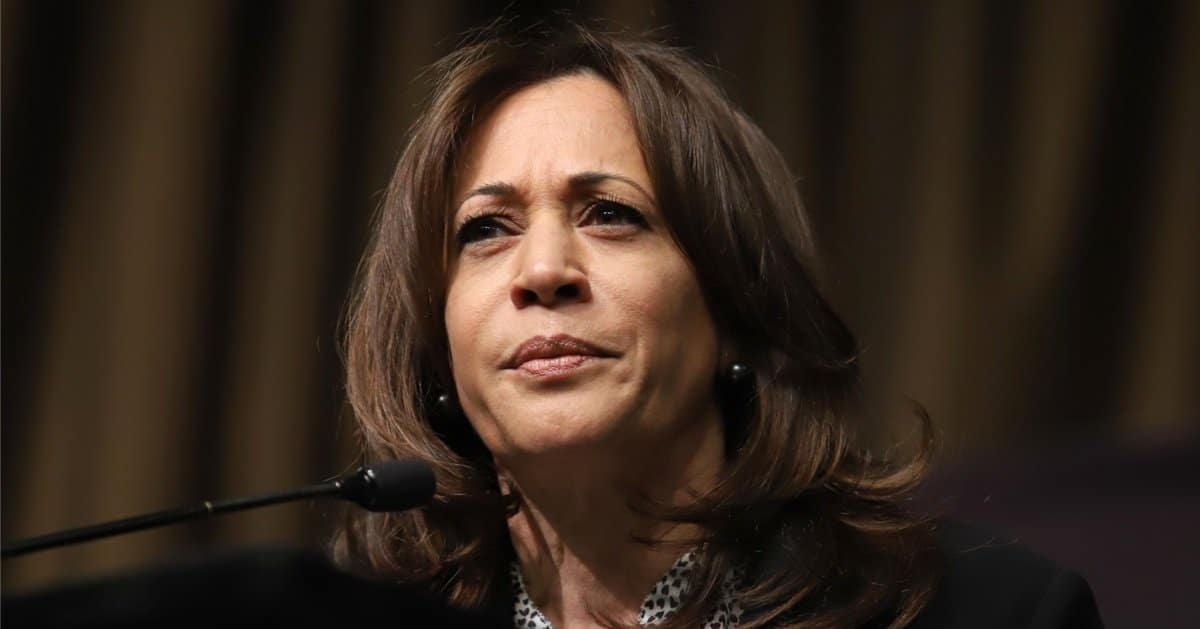




The U.S. Supreme Court's latest term concluded with a notable avoidance of making groundbreaking decisions regarding internet speech and social media regulation.
The Hill reported that in a term filled with potential landmark cases, the justices favored cautious and narrow rulings that upheld the current legal environment without establishing new precedents.
This term, the Supreme Court faced several cases that could have significantly altered the landscape of online speech and the rights of social media companies to moderate content.
However, the Court's approach was notably restrained especially considering the recent bombshell decisions that SCOTUS has made in the past month.
Among the cases considered was one concerning the rights of public officials to block critics on social media platforms. Earlier in the year, the court decided that public officials could sometimes face lawsuits for such actions, acknowledging the private rights of users.
In another significant case, the Court declined to rule on challenges to federal officials' interactions with social media companies aimed at combating misinformation. The challenges were dismissed based on the lack of legal standing by the plaintiffs, which included Republican attorneys general.
The term's end saw the Court erasing lower court rulings that had previously tackled state laws limiting the ability of social media platforms to ban users for their political views. This decision postponed a major ruling on First Amendment rights.
The justices' decisions throughout the term demonstrated a clear preference for maintaining the status quo and avoiding the establishment of new legal standards that could impact the rapidly evolving digital landscape.
This conservative approach was evident in the Supreme Court's reluctance to deeply engage with the fundamental issues concerning the First Amendment's application to social media platforms and their algorithms.
Justices Samuel Alito and Amy Coney Barrett specifically raised questions about whether the algorithms used by social media companies in content moderation truly reflect editorial decision-making akin to traditional media.
The Court's discussions included comparisons between social media feeds and traditional media, suggesting that future regulations might be influenced by these parallels. This comparison indicates a growing judicial familiarity with and contemplation of digital media's unique characteristics.
Experts like Alex Abdo and Bob Corn-Revere have commented on the Court's cautious approach, suggesting that it reflects a deliberate strategy to avoid precipitous decisions that could have wide-ranging consequences.
“This term had the potential to be a referendum on the relationship between the First Amendment and social media, but thankfully, the court treaded pretty carefully,” stated Alex Abdo.
Bob Corn-Revere praised the term's outcomes as a positive development for the First Amendment, despite the court's avoidance of definitive rulings on many issues.
“[The term] didn’t fully resolve all of the merits of the questions presented. But by and large, I’d say that this term was a huge positive for the First Amendment,” Corn-Revere added, emphasizing the court's careful consideration of each case.
Justice Elena Kagan humorously highlighted the Court's ongoing learning curve regarding internet technologies, saying, “I mean, we’re a court. We really don’t know about these things.”
Samir Jain echoed this sentiment, noting the justices' enhanced understanding of online services compared to two years ago.
He pointed out, “I think there is a greater appreciation and understanding of how these online services work. I don’t think the justices would claim to [be] experts, necessarily, still. But I think they certainly have a much better understanding today than they did two years ago.”
This term's decisions reflect a court that is increasingly comfortable with the complexities of the internet yet remains cautious about making premature judgments that could disrupt the digital sphere.
In conclusion, the Supreme Court's latest term was marked by a careful and measured approach to cases involving the First Amendment and social media, preserving the status quo while indicating a slowly growing judicial understanding of internet technologies.
The court's deliberate avoidance of bold rulings reflects a strategic choice to proceed cautiously in an area of law that continues to evolve rapidly.



